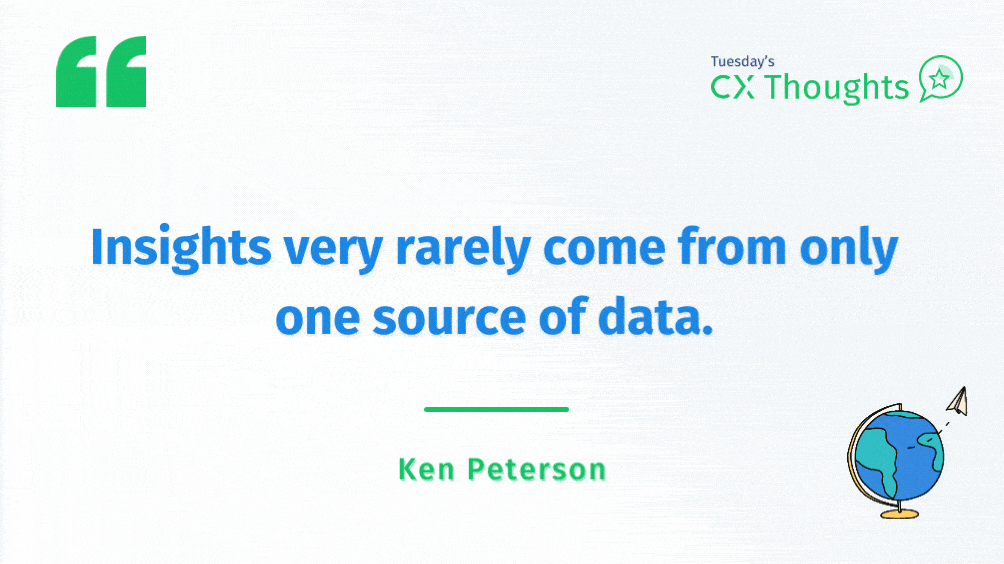 Reading Time: 4 minutes read
Reading Time: 4 minutes readI’m preparing for a family vacation – four people, coming from three different cities to meet at our destination, then splitting into two groups and returning home on different days with two different journeys to get back home.
Adding to the complexity, the journey includes travel across the two largest oceans and stops in five countries for various reasons. The goal was to spend one week in London. Getting there has proven difficult.
Getting to your destination
Planning for this started almost a year ago with two groups of two targeting two different destinations – two family members heading to London and the other two planning a trip to Japan.
However, there were a few things that had to occur to turn these separate trips into a reality. Between pandemic-related regulations, positive test counts, visa requirements, and more common concerns such as cost, there was quite a bit of data to be considered in all this planning.
This information had to be collected, reviewed, analyzed, and reviewed a second time – and a third, fourth and fifth time as well. Less than a week away from the first two departures from home, the plans are mostly complete. A long process to get to a planned week-long trip that looks very different than the original itinerary.
Frequently, I’m asked why I plan my own travel instead of relying on a travel agent that knows what I look for in traveling. The answer is simple, yet complicated.
I can give a travel agent data about my preferences for something as simple as my flight. The preferred airline, seat location, flight departure/arrival times, and even connection preferences (when necessary). They could have all this information and still not have enough to always meet my needs – and in fact, they would probably fail me more than succeed.
Why? The answer is simple if they are pulling from just that information, they are just considering one data set. To meet my specific needs, they would need information about my calendar/existing appointments, my ability to get to the airport at a certain time and where I’m going next.
I may prefer an early morning flight, but I may have a personal commitment that makes me want to leave in the afternoon. My seat preference might not be available on that morning flight, does that mean I should take a later flight to get that seat preference or the earlier one.
It all depends – on so much more than some data points sitting in a travel agent’s database.
LEARN ABOUT: Free Travel Surveys: Questions & Templates
Customer Experience has a path
One complaint that I frequently hear from clients about their customer experience programs – they collect all this data from their customer experience survey, but they lack insights. Some of that blame falls on CX enterprise software platform providers and some of these problems come about when considering the customer experience strategy.
Providers often promise insights but are unable to deliver. I know some that state that “you can run your entire business on our customer experience platform” and others that have clever naming conventions such as “Insights Platform”.
If I was offered a tool called the “insights engine”, I would probably also be under the impression that I could move from data to insights to action pretty quickly.
When it comes to the business, they also shoulder some responsibility. Too often the action taken by a company is simply working the customer feedback loop for their voice of the customer program.
Those actions are necessary, but ultimately they are not coming from insights. The other mistake businesses make in trying to gain insights from their Customer Experience program is that they look at data sets in isolation, but expect their vendor to provide insights based on that.
It all starts with insights
Over the years, I’ve read quite a few blogs and commentary about “insights”. To common insights from this, almost no one seems to define it directly and most definitions vary.
One explanation that always resonated with me was the hierarchical view that data can be turned into information that can be turned into (actionable) insights – a pyramid with insights at the top. Not so much a definition, but it does help explain expectations.
It is part of the building blocks for our QuestionPro exclusive NPS+ question type. Each response is data, the NPS score provides us with information, but the Root Cause analysis from there provides you with insights from which you can take action.
Yet, there is so much more to NPS+ than just those actions. There is deep contact with the Churn Risk analysis and the open-end feedback that can enhance those insights.
Why so much with just one question type? Someone I worked with previously once stated to me that “Insights rarely come from one source of data”. A statement with which I strongly agree (yes, top box ordinal scale pun).
While NPS+ is powerful, imagine how much more relevant the insights would be if we included another source of data, such as revenue per customer or the cost of taking a specific action. With Root Cause analytics, you’ll know areas of the experience that can be improved, with the cost of action for each Root Cause, you’ll know which ones will have the greatest ROI and if you know the revenue or profitability of each customer surveyed, you’ll know which Root Cause impacts them the most.
Through this simple exercise, you can easily see the pyramid being built from data to information to insights. Now… if I could just find someone that can book my flights for me.
Looking to deliver an exceptional customer experience with QuestionPro CX? Discover more about how to delight your customer at every touchpoint and turn them into brand advocates.





















